Hiking & Backpacking
All posts
Be An Outdoor Ambassador: How To Implement Low-Impact Recreation Skills
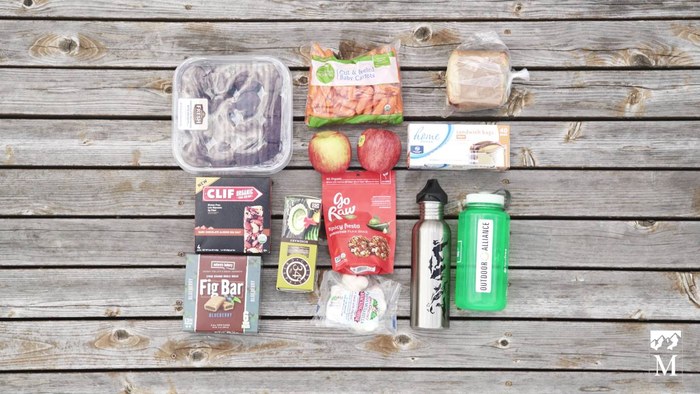
At The Mountaineers, we've believe venturing into the outdoors is an essential piece of the human experience. We go outside to wander and explore the adventurous spirit within ourselves. It's important to implement low-impact recreation skills to keep our wild places as sanctuaries for the human spirit; so our grandchildren can experience the sensation of discovering an untouched place. Read more…
Our Secret Rainier: Memorials at Mount Rainier
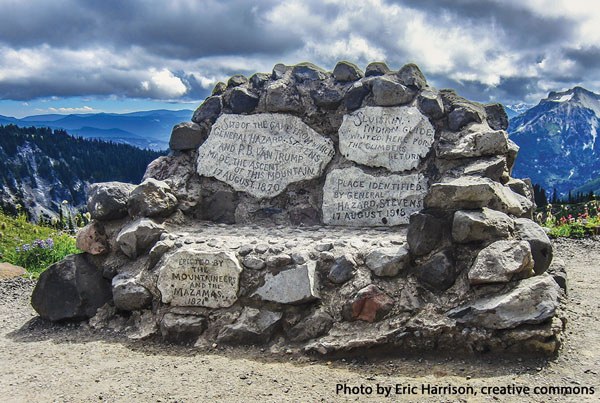
Usually visitors to Mt. Rainier National Park admire grand vistas and the natural world surrounding them. This is as it should be, but in addition to the glory of the place are two large memorials and numerous plaques commemorating the people and human history associated with the park. This installment of Our Secret Rainier tells you how to find the two memorials and provides the location of the smaller plaques located throughout the park. Read more…
Meet Our Parks | Your Adventure's Ada Love
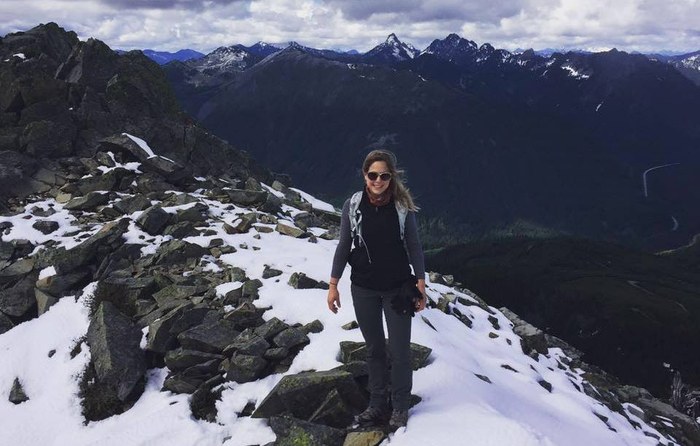
"My Adventure goal is to hike 100 miles between July 1 and September 5, with at least 50 of the miles completed in National Parks throughout the summer. That’s one mile hiked for every year the National Parks Service has been in existence! Read more…
How To: Poop in the Outdoors
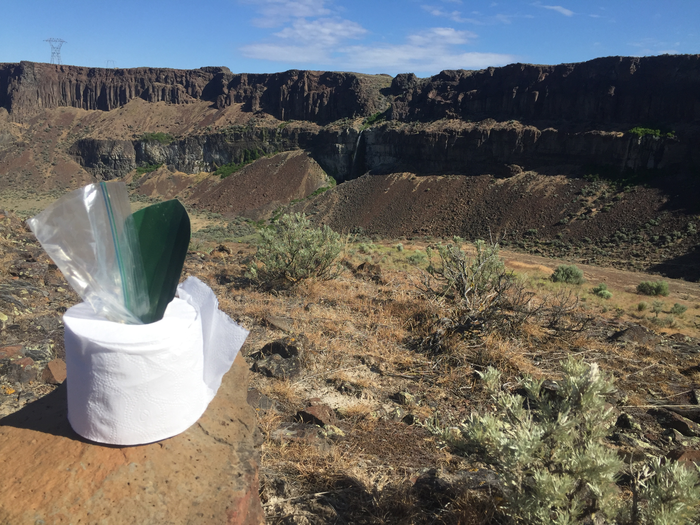
I am confident that you and I have at least two things in common: 1) we both set aside time to explore the outdoors, and 2) at some point during these adventures we will both experience the discomfort of knowing we have to go number two. Even if you don't, you will inevitably be reminded of this basic human function by the sight of toilet paper discarded uncomfortably close to trails and water sources. By the amount of TP I have seen recently on Washington’s trails, it seems even the most avid outdoor enthusiasts may not know how to handle nature’s calling. Read more…
The Mountaineers Pacific Crest Trail Challenge!
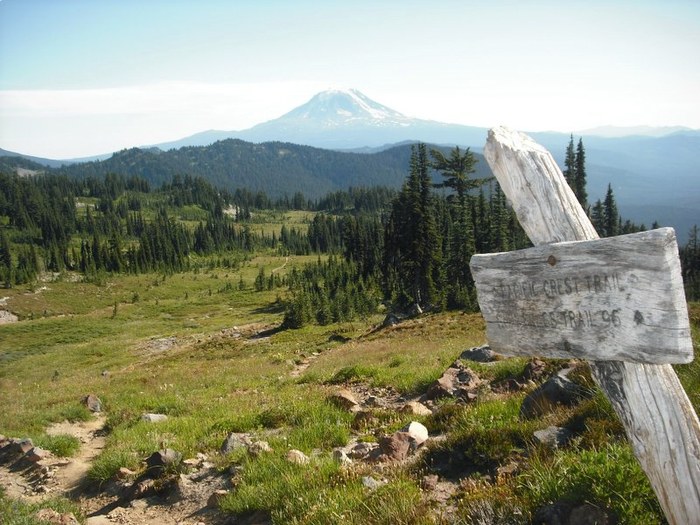
The Pacific Crest Trail (or PCT), a 2663.5-mile National Scenic Trail stretching from Mexico to Canada through California, Oregon, and Washington, epitomizes the ideal of physical challenge and one-of-a-kind natural resources bringing people together for a purpose larger than themselves - much like the mission of The Mountaineers. Read more…
Play Safe: Recreating in Bear Country with David Moskowitz - June 29
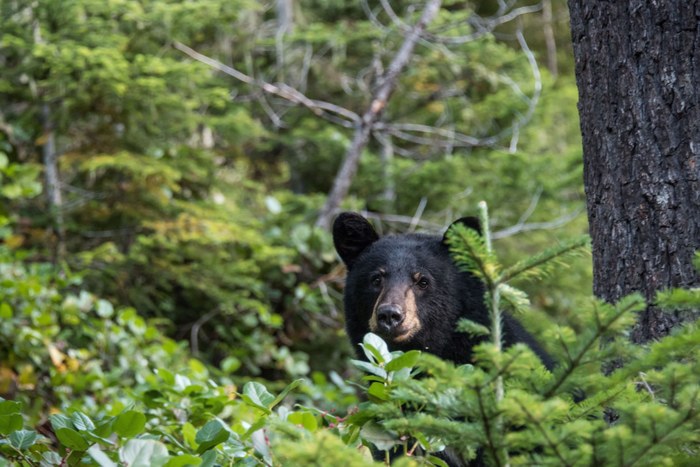
Washington’s North Cascades are home to thousands of black bears and fewer than twenty grizzly bears. Knowing how to play safe in bear country is as important as bringing a first aid kit and appropriate clothing for your adventure. Read more…
Celebrate the New 100 Classic Hikes - June 14

With the release of our new edition of 100 Classic Hikes: Washington, we are carrying an important stewardship legacy forward. It’s time to celebrate! Read more…
Sunglasses: An Easily Overlooked Essential
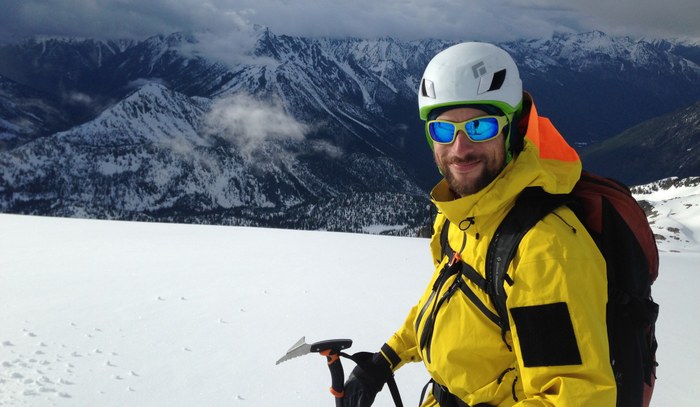
With the awesome weather and sunny days we've had lately, it’s hard to think anyone would go outside without a pair of sunglasses handy. But on cloudier days or early morning alpine-starts, it's easy to forget shades in your car or tent. Sunglasses aren’t usually at the forefront of your mind at 2am when the wind's howling and you're trying to buckle your crampons. However, forgetting this vital bit of gear can be as bad as forgetting your ice axe on a glacier or your cams on a rock wall. Read more…
Trail Talk: More than "because it's there"
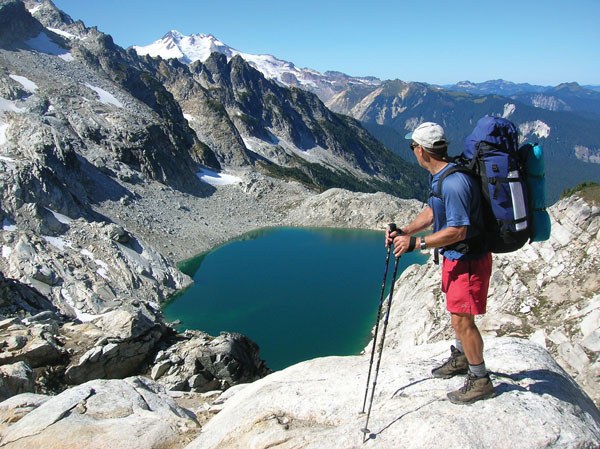
The hair on my arms and back of my neck stood up straight. The summit rocks surrounding me buzzed like an electrical transformer. The fillings in my teeth hummed. A thick fog enveloped me. The sky lit up as thunder cracked. I stood in snow under a gray shroud at 14,000 feet preparing to die. I had gotten caught in an electrical storm on the summit of California’s Mount Shasta. Read more…
GiveBig: Maiza's Story
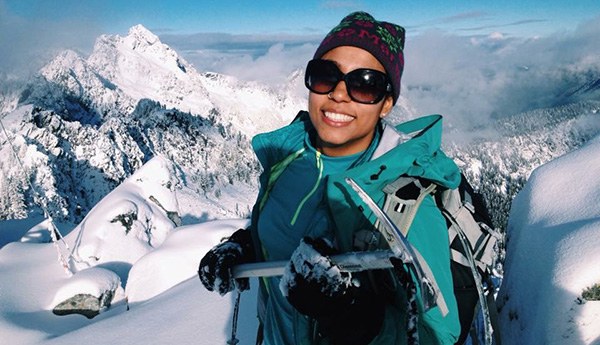
After going through a difficult time in my life, I knew I wanted to challenge myself by trying something I've always wanted to do — climbing! In 2013, I signed up for my first climbing course with The Mountaineers. Read more…
How To: Prepare for an Overnight Trip
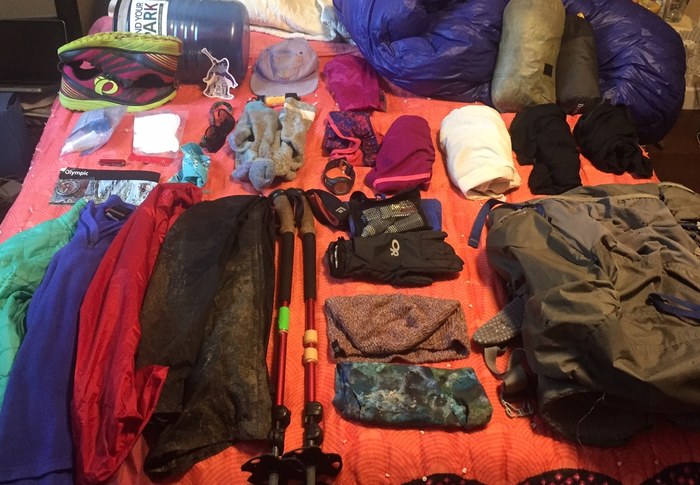
In my last post, I discussed how to take care of your sleeping bag. I received many good questions. Thanks for taking the time to write me! One reoccurring question was about my method for storing a sleeping bag when backpacking. As promised, I will talk about that as well as other tips and tricks for preparing for an overnight trip in any season. Read more…
Update: U.S. Army responds to concerns about helicopter landing zones
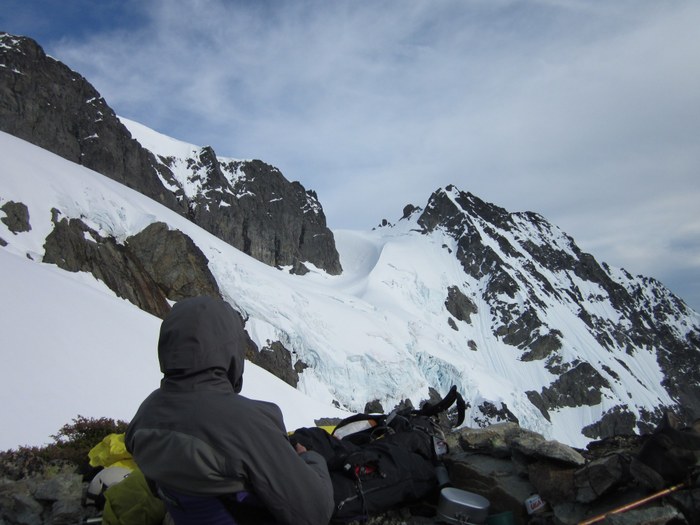
Last summer, we shared the US Army’s proposal for several helicopter landing sites in the North Cascades for pilots to practice flyovers and high altitude landings. Some of the proposed landing zones have raised concerns because of their proximity to popular recreation lands, trails, and designated Wilderness areas. Read more…
National Parks Week
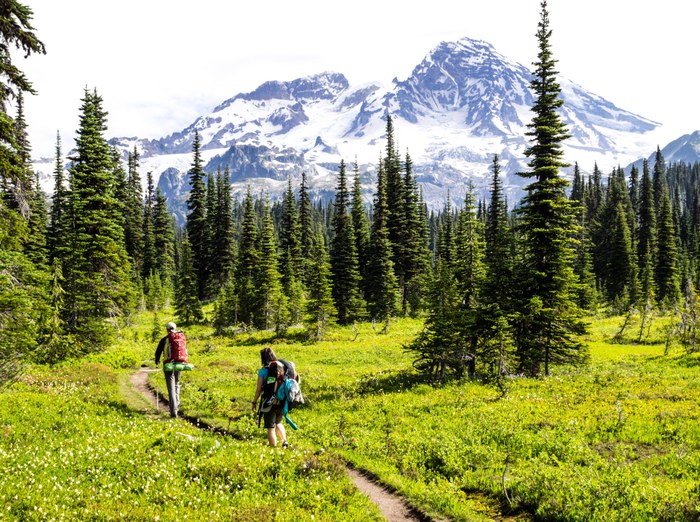
Happy National Park Week! This April 16-24 we celebrate National Park Week by about making connections, exploring amazing places, and discovering open spaces in our National Parks. To help you celebrate, the National Park Service is giving you free entry to National Parks this week! Read more…
How To: Manage the Risks of River/Creek Crossings
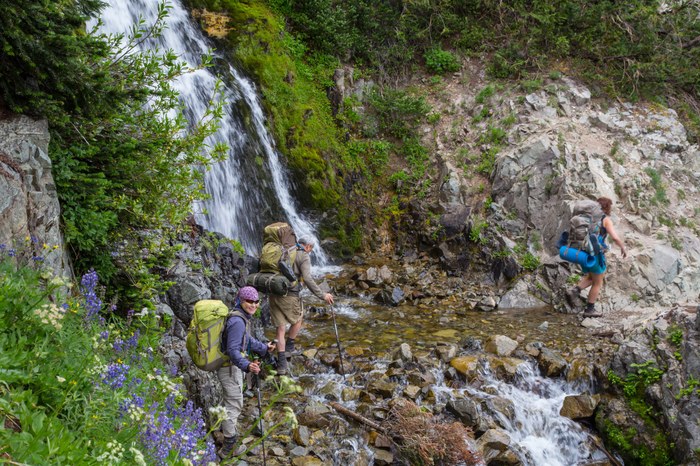
As the weather gets warmer and winter snow melts away, more of us are heading outside. And as the snow melts, it leaves us with a sometimes a challenging obstacle: water. In the Cascades, it doesn't matter if you are a hiker, scrambler, or climber, eventually you'll have to deal with a water crossing. It could be a small trickle or a rushing river. It's not a matter of if, but when, you'll encounter this obstacle.
This article was updated in May 2018.
Historical Perspective
A few years ago, a Mountaineers group was headed to climb Sahale Peak. The team was crossing a small drainage in the area between Midas and Morning Star Creek - two of the main creeks that flow out of the Quien Sabe Glacier below Sahale - when one of the climbers slipped and hit her face on the rock in the creek. This caused a small laceration, just under the right eye, and swelling around the area, as well as a headache, slight dizziness, and swelling. The trip leader decided to cancel the climb and turn around at this time. The group headed back to the cars and the injured climber was taken to the hospital for medical evaluation. Luckily, she sustained no fractures or head injury, but she did have a nasty black eye.
This incident shows how something seemingly simple, like crossing a small trickle of water, can be detrimental to the success of a trip.
Avoiding Hazards
Many different hazards are involved in water crossings: slippery, moss covered rocks, swift currents, soggy boots, and cold feet. If you do fall in, you have soaked clothing and gear, the risk of hypothermia, potential projectiles in the water like logs and boulders, and much more.
Here are some tips to reduce your chances of ending up soaked and needing to cancel the rest of your trip:
- Never try to cross a major stream if you are alone. It only takes 2" of water to drown. The climber in the incident above could have easily been knocked unconscious, and if there was no one to help her up, it could have been a different outcome.
- Quickly search both upstream and downstream for a way to cross without having to ford the water. Look for downed logs, closely spaced stones and boulders, or narrow points in the waterway. Be sure to keep in mind the ability and experience levels of everyone in your group.
If you find possible logs or stepping stones, consider:
- Will it hold you? If you are considering a log, is it strong enough to hold your weight as you cross, or is it rotten and will break once you are half-way out? Is it wide enough to get good foot placements? Are there branches sticking up in your way? If you are considering stones, are they sturdy and solid, or are they going to shift under your weight and dump you in the water?
- What is the surface like? Does that log have rough, textured bark that will give you good traction, or is the bark peeled away showing damp, slick hardwood? If you are unsure of the footing, but the log seems strong enough, one alternative is to butt-scooch along the log. Are those stepping stones covered in slick moss, or do they have good texture?
- Be particularly cautious of log jams. They might seem like a solid option, but the logs can easily shift and throw you off balance and into the water. Now you are in even bigger danger of getting caught underwater by one of the logs.
Regardless of how you have to cross - whether it be logs, stepping stones, or just fording the water - take a minute to look downstream of your crossing point and examine the hazards you could encounter if you fall in. Is there a large waterfall you could get swept over? Maybe a downed tree or log jam that you could get caught in or some large boulders you could hit. If anything like this poses a danger, re-evaluate your crossing point.
Picking the best spot
If your only option is to ford the water, follow these steps:
- Look for the shallowest, slowest running section. This is usually also a wider section of the waterway.
- Assess the water's speed by tossing in sticks, leaves, or grass into the water. If there is debris actively floating down the water (evidence of flooding) or the sound of tumbling rocks can be heard underwater (evidence of fast-moving water), the crossing should be abandoned.
- Keep in mind the the physical stature of other people in your group. Two feet of water could be less than knee-deep if you are 6'6" tall. But it could be mid-thigh deep for someone under 5' tall, and that makes it much more challenging.
- Look at the bank on the other side. Avoid steep banks as this not only indicates a challenge exiting the water, but that steepness could continue dramatically down and create a deep hole with fast-moving water.
- If possible, plan to cross early in the morning. Many of the waterways in the Cascades are directly fed by snow-melt. After a cool night, there won't be as much melting and the water level will be lower. On the flipside, after a long, hot summer day (or even a warm spring rain) there will have been a lot of melting and all that water will be rushing through the streams at a higher overall level that afternoon, making them both deeper and faster flowing.
Staying Dry & Avoiding Injuries
Once you've chosen your place to ford the water, follow these tips to stay dry and avoid injuries:
- If you have sandals with an ankle strap (like Chacos or Tevas) change into those. Avoid flip-flops as the loose heels can get caught in the current and make you lose your balance.
- If you don't have alternate footwear, at least take your socks off and put your bare feet back in your boots. That way, you can put your dry socks back on after crossing and they can start to absorb some of that water in your boots.
- Do not cross in just your bare feet. Unknown hazards in the water, like sharp sticks, rocks, possibly even fishhooks, could injure you. Your bare feet are a poor substitute for the traction provided by the soles of your boots.
- Take off extra layers and pack them in the most water-proof thing you have. I always carry one or two extra heavy-duty trashbags in my pack. Take that warm puffy off and wrap it up the best you can. You'll want it once you get to the other side! Roll up your pant-legs, or ditch your pants altogether.
- Undo your waist-belt and sternum straps on your backpack and loosen your shoulder straps. If you do fall in, this will allow you to easily get your pack off.
Crossing Methods
- If you are crossing the water one at a time, use your trekking poles, ice axe, or downed tree limbs for stabilization.
- Cautiously enter the water and face upstream. If you only have one pole or limb to help you, hold it with both hands in front of you (upstream) to form a tripod with it and your legs. Lean on the pole as third leg as you shuffle-step across, keeping two points of contact at all times. If you have two poles or limbs, you can use the one in your leading hand to probe along the way and feel for submerged obstacles or hidden holes.
- Another method is to cross as a group using the "mutual support method." There are two options for this - in the first option, everyone should face upstream and hold on to the shoulders or backpack of the person in front of them (front person can have a pole or limb). As a group, shuffle step across the water, using each other for support and stability.
- Another option is for everyone to face the opposite bank and move together as a unit. In this method, keep the waist-belt of your backpack buckled. Insert your arms between your neighbors' back and their pack, and grab their waist-belt on the opposite hip. In both scenarios, the most upstream person should be strong, then the second person should be the strongest and/or most experienced. The person on the other end should also be strong, and then all other members sandwiched in the middle. End people can also have poles for extra stability. Don't break formation until everyone is out of the water.
Regardless of which method you use, don't fight the current or try to go straight across the water. Instead, with each step move diagonally downstream as you make your way across.
If you do fall in, try to stand back up as quick as possible before your backpack gets too waterlogged. If you are swept downstream, get out of your pack but try to keep hold of it and use it for flotation. Try to position yourself face up with your feet downstream of you. Only try to stand up once you can touch the bottom in shallow water. Editor's Note: Be aware of the dangers of foot entrapment anytime you stand up in moving water.
Once you've made it across, wring out your damp clothes and use a pack towel to dry off as much as you can. If available, switch into dry clothes. Put on an extra insulating layer to help keep in what little body heat you have. Pop a quick bite of food in your mouth and start hiking to generate some more warmth.
Take every water crossing seriously. Always ask yourself, "Do we need to cross? Where do we cross? How do we cross?" Even with all of these tips, be sure to keep in mind that if there is any doubt, not crossing at all is the best option.
Slots still available for Beginning Hiking and Backpacking Seminars!
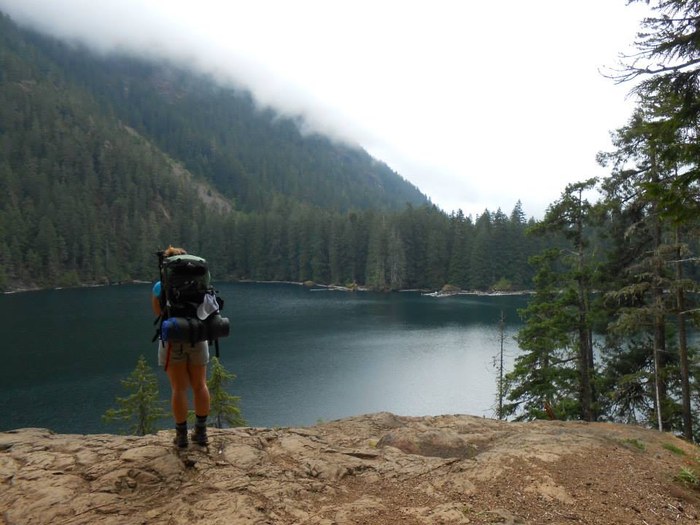
Whether you are first time hiker or more experienced backpacker looking for advanced tips from our experienced group of leaders, we've got something for you. Check out our Beginning Backpacking, Intro to Hiking, and Lightweight Backpacking Seminars! We've got two seminars happening in Seattle and one in Tacoma at the end of next week! Read more…
"Twelve Long Walks" with Cam 'Swami' Honan - April 16
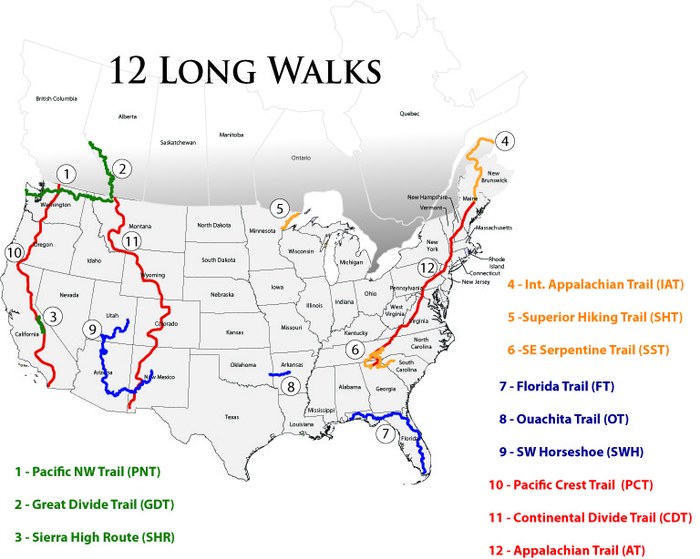
Over 545 days between July 2, 2011 and December 28, 2012, Australian adventurer Cam "Swami" Honan completed an amazing - almost superhuman - feat: through-hiking 12 of the most iconic long trails in 29 US states and 4 Canadian provinces. In the process, he set records for the most miles hiked in a calendar year (10,204 in 2012), the fastest completion of a calendar-year Triple Crown (PCT, CDT and AT in 236 days), and the most dehydrated beans consumed in an 18 month period (123.7 lbs)! Read more…
Online Wilderness Navigation Course open for registration
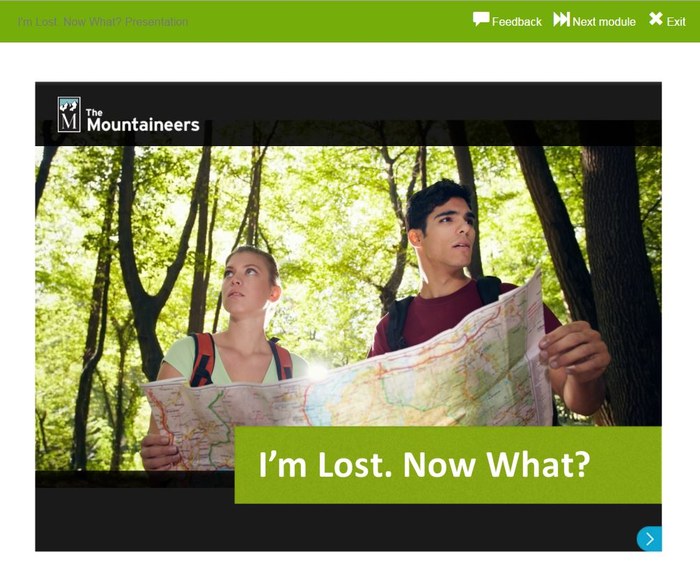
The Mountaineers is now accepting students for its first online course: Wilderness Navigation. The course, offered in partnership by the Seattle and Foothills branches, is part of a pilot project to discover how the organization can serve students who prefer online learning or for those who don't live close to where an in-person workshop is offered. Read more…
Navigation, First Aid, and Conditioning Classes for Hikers and Backpackers!
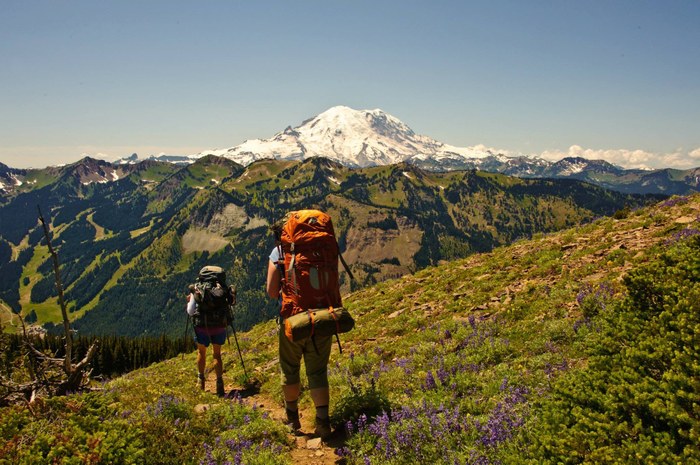
We've been hearing from many hikers and backpackers who want to learn navigation and field first aid/emergency-response skills, but aren't ready to invest the time and expense for the full Wilderness First Aid or Navigation course. Others really want to get strong and in shape for the trail season but would like some professional guidance to design a tailored conditioning program. To help, our volunteers from the Foothills branch have developed clinics tailored for hikers and backpackers from all walks of life. Read more…
How To: Care For Your Sleeping Bag
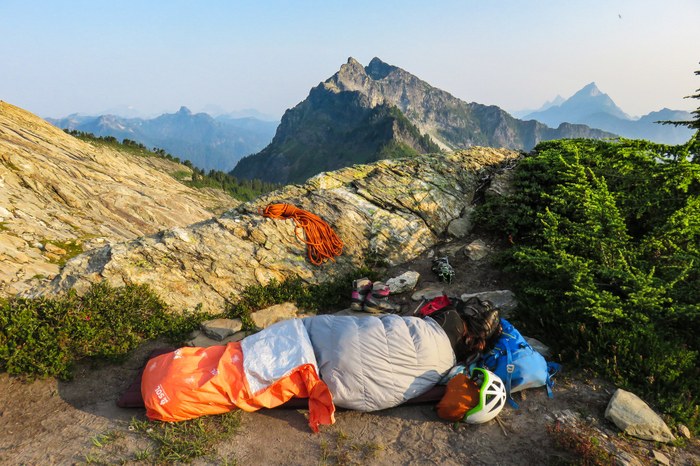
It’s that time of year when I like to take inventory of my backpacking gear and find the chores I put off during the busier hiking months. Remember that small tear in your tent mesh you ignored or the clogged water filter you put off cleaning? Like me, you probably forgot about those issues when you stuffed your gear away last fall and will only remember them when you are already in the wilderness on your first trip. If these simple tasks are left unattended, they can become major annoyances or worse, require expensive replacements. Read more…
Become a hike or backpack leader for the Mountaineers!
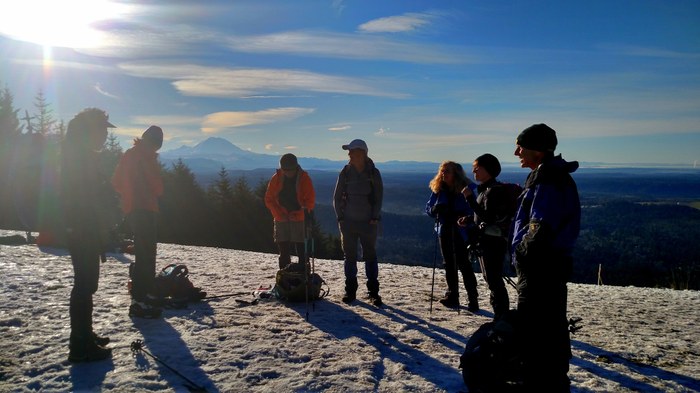
My own Mountaineers leadership story started with a search for trail companions. I was seeking a compatible group on the types of hikes and backpacks that interested me. Then, one day, I took a new arrival from China on his first hike, and I saw the joy and wonder blossom on his face when Mount Rainier emerged in all her glory behind a ridge covered with meadow wildflowers. That was it, I was hooked. Read more…
How To: Know When Your Fuel Canister Is Empty
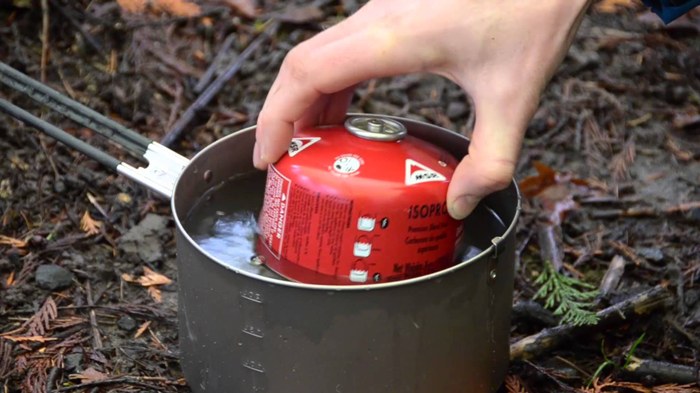
Ever wonder how much fuel is left in a used canister? In this short, instructional clip, MSR shows how to measure MSR canister fuel. Read more…
Backcountry Bites: Chocolate Matcha Energy Balls

Nuts, trail mix, energy bars? They do the trick. But it doesn’t take long for regular snacks like those to become boring and bland. So I went on the search for something full of flavor, but healthy and compact. And something that would sustain me too. Read more…
Free course for new hikers in the PNW!
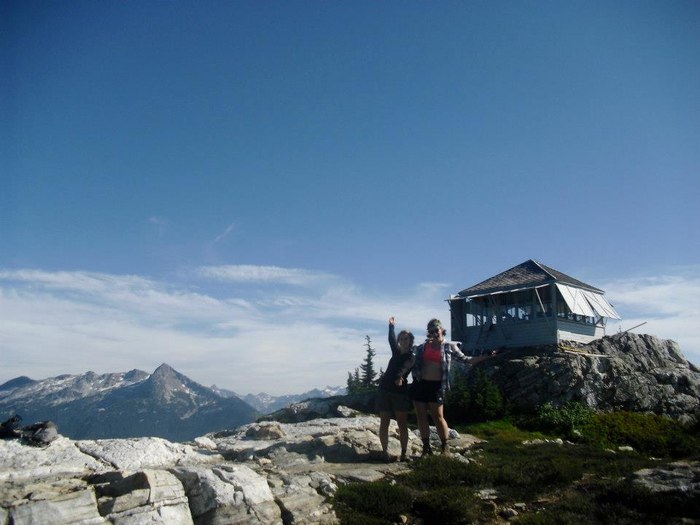
Our Pacific Northwest is seeing rapid rate of growth. We're welcoming people from all over the country who are moving here to participate in our vigorous economy and enjoy our incredible natural places and outdoor recreation opportunities. Some of our newcomers are experienced hikers but don't know our major hiking areas, permit requirements, and our unique trail hazards and gear requirements. Others haven't hiked before but want to know where to go and how to do it safely. We have a solution for both. Read more…
An Appalachian Trail Evening with Heather "Anish" Anderson - Dec. 2, 2015
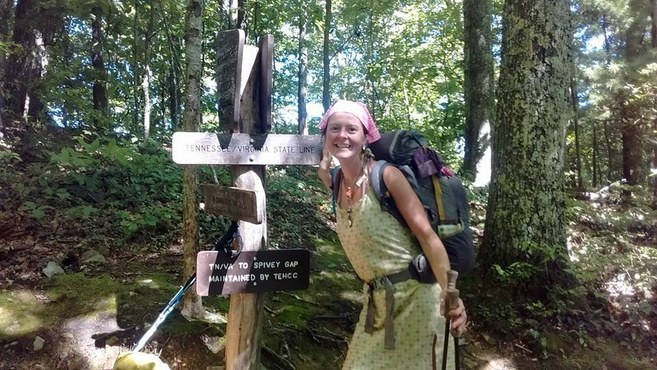
In September 2015, Washington resident Heather “Anish” Anderson hiked the 2,200 Appalachian Trail in 54 days, 7 hours and 48 minutes. Hiking 16-18 hours a day, she averaged 40 miles a day, setting a new fast-speed thru-hike record for FKT (fastest know time) for an ‘unsupported” hiker on the AT. Read more…
Explore the Andes of Northern Patagonia with the Mountaineers!
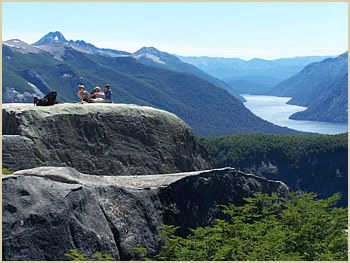
Are you someone who seeks out the amazing remote high places of the world that the crowds haven't discovered yet? Then the Mountaineers adventure to the remote, stunning northern Patagonian Andes is just the place! Read more…
100 Friends for 100 Hikes: Join the Legacy!
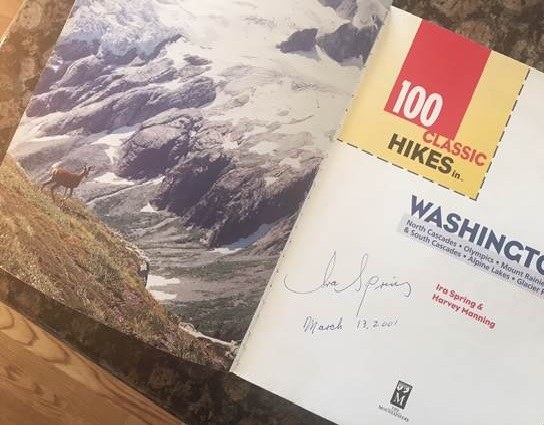
Our "100 Friends of 100 Classic Hikes" opportunity had only been open for a few hours, and hardly even promoted yet, when the first gift came in from Mountaineers hike leader Steve Payne.
What prompted Steve to sign up? Read more…
Big news for The North Cascades!
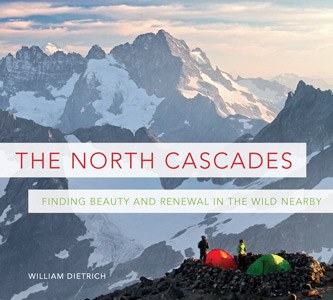
The North Cascades has just been named a finalist for the Washington State Book Awards! We couldn't be happier to have this book illuminating the stunning beauty of the North Cascades receive this recognition. Read more…
New Hike/Backpack Leader Seminar - Oct 7
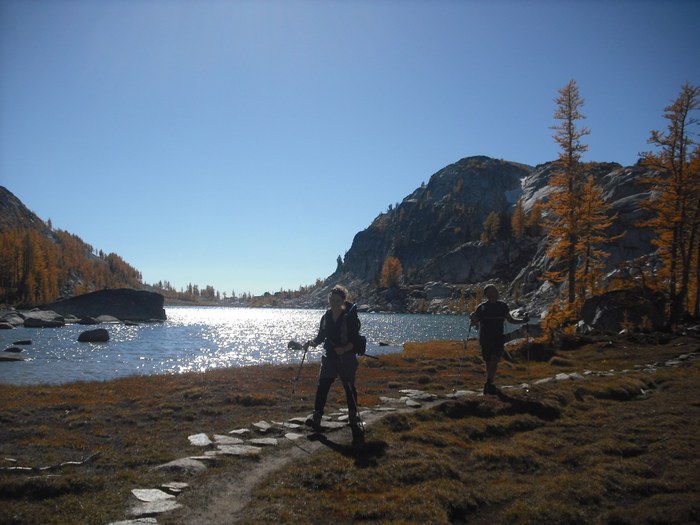
Join us October 7 at the Mercer Island Library at 6:30pm for our Hike and Backpack Leader Seminar. Read more…
Explore Northern Patagonia - Info Session Sept 26
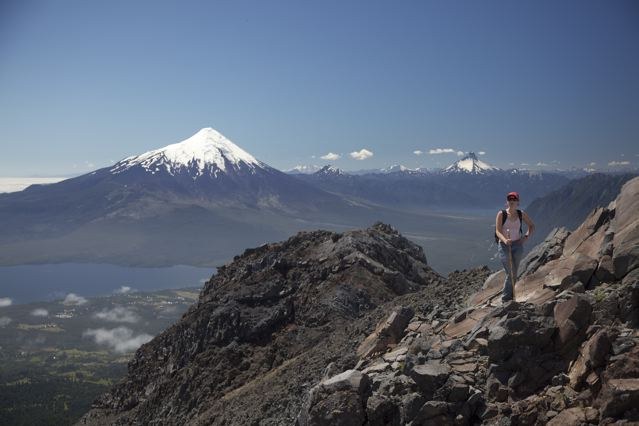
Most people have heard about the granite towers and lakes of southern Patagonia, but the peaks and lakes of the northern Patagonian Andes are a relatively undiscovered treasure for hikers and backpackers - a treasure often mentioned by local guides as their favorite place to backpack in all of Patagonia! Read more…
Word of the Day: Benighted
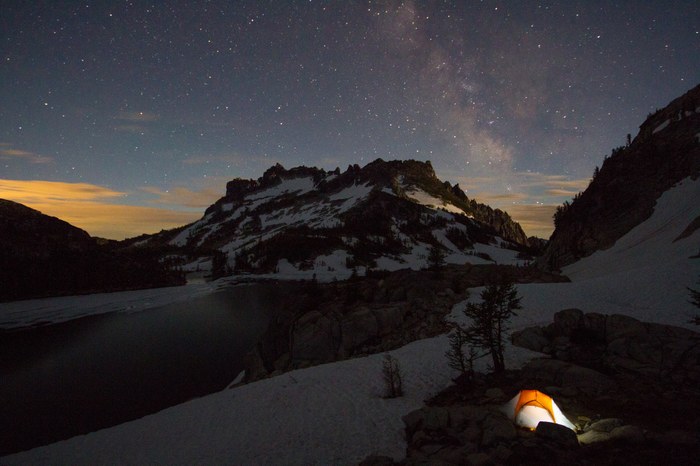
On a Bellingham Basic Alpine Climb of Horseshoe Peak, the group chose to stay out an extra night at their base camp after returning from their climb. As climbers progress and start attempting longer, more technical routes, it becomes a matter of not if, but when they will be benighted. Read more…